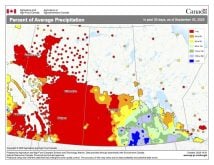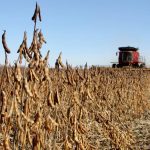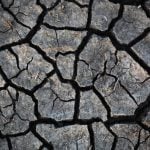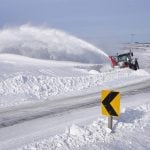For most of agricultural Manitoba it was a cold and snowy February. While everyone saw cold temperatures and a lot of wind, not everyone saw a ton of snow. As I have written in the past, collecting and measuring accurate snowfall amounts is not easy, especially if it is windy — something we saw a lot of in February. You would think that as technology gets better our official recording of the weather would be getting better. For some things, it is, but for others, like snowfall, it isn’t.
Read Also
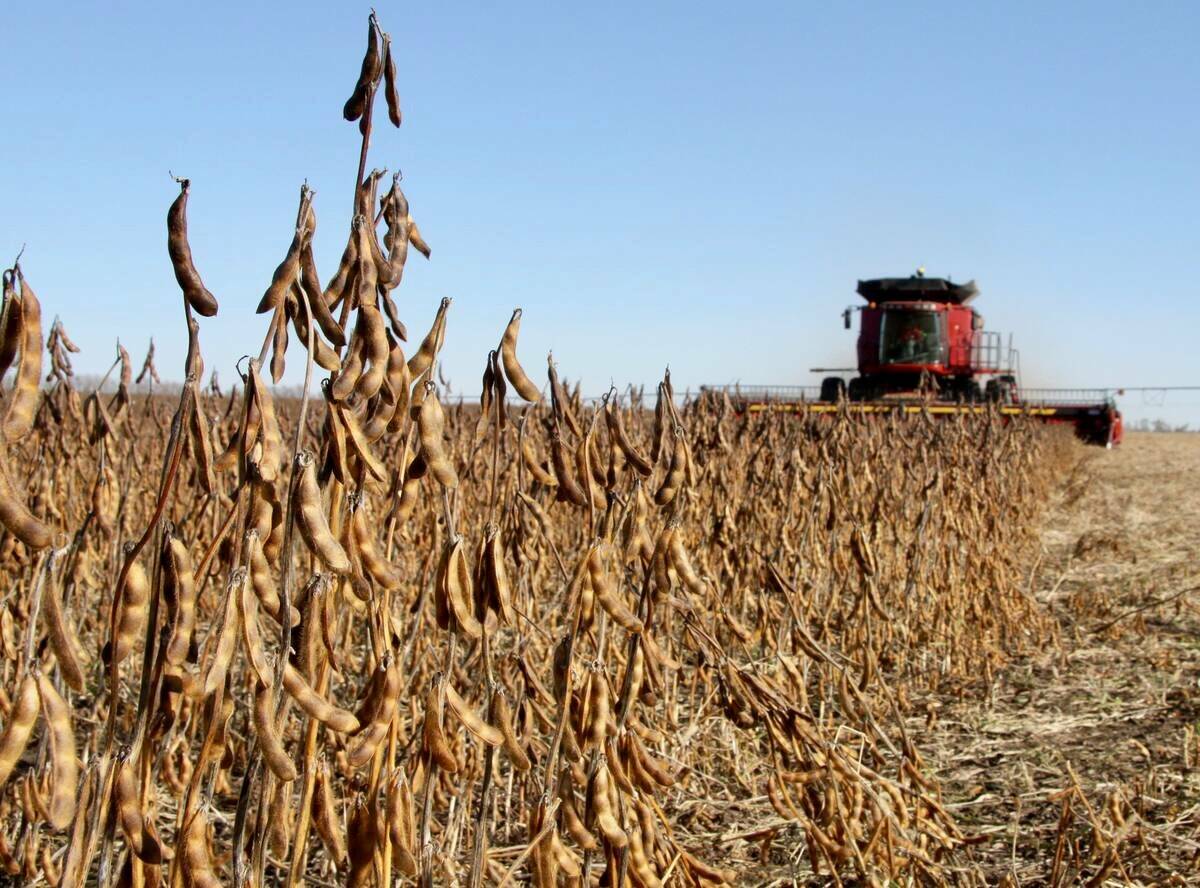
October rain recharges Manitoba soils
Daniel Bezte looks back on October weather on the Prairies and looks ahead to see whether there’s any consensus for this winter’s weather.
Snowfall is very difficult to measure automatically using just technology. There are simply so many different variables that can impact the measurement process. To measure snowfall properly and accurately you need a person, and not just any person. You need someone who is dedicated to what they are doing. This wasn’t a problem 50 to 100 or more years ago. All measurements were taken by people and usually the person in charge was a bit of a weather geek — they had to be. I wish I had more time to explore this in detail this week, but we will look deeper into this topic in an upcoming issue (we still need to finish up our deep dive into wind). With this in mind, here’s our look back at the weather of February 2022.
The month began where January left off: cold, with most locations seeing overnight lows dropping into the -30 to -35 C range during the first week of the month. Temperatures then warmed up for a brief period of time, with most locations seeing the first above-freezing temperatures of the year. Along with the warm-up came snow — not a ton of snow all at once, but rather small dumps of snow every couple of days. This pattern of cold, followed by a short quick warm-up with snow, continued for the rest of the month. Oh, and did I mention it was a windy month? About half of the days in February saw wind speeds at some point of the day in excess of 40 km/h, with around eight days with wind speeds in excess of 60 km/h. Add existing snow, new snow, cold temperatures and a lot of wind and that spells a lot of blowing snow, which has translated into some darned big snowdrifts.
Looking at the actual numbers for our three main reporting sites (Winnipeg, Brandon and Dauphin), February ended up as the coldest month this winter and the coldest month since February 2014 in most locations. Mean monthly temperatures ranged from -19 C in Dauphin to -19.6 C in both Winnipeg and Brandon. Precipitation, as I pointed out earlier, is tough to measure properly, but using the data provided for the three locations by Environment Canada, February saw above-average amounts. February is the driest month of the year, with most places across southern and central Manitoba typically seeing between 10 and 15 mm of water-equivalent precipitation. Dauphin came in the closest to average, with an official amount of 16 mm. Winnipeg had the next-highest amount with a reported 19.9 mm. Brandon was the wet spot, or rather, the snowy spot, with a reported 25.1 mm.
Who called it?
That means it was a cold, snowy month. Looking back at the different weather predictions I would have to give the win to both the Canadian Farmers’ Almanac and the Canadian CanSIPS model. Now the million-dollar question is, “What is the weather going to be like as we head into the spring melt?” — or maybe I should be saying billion-dollar question.
According to the Old Farmer’s Almanac, March is going to be mild and a little on the dry side, April will be very warm with near-average precipitation, and May will be warm and wet. The Canadian Farmers’ Almanac appears to call for a cold and wet March followed by more of the same in April — even talk of a late-April blizzard! May looks to see near- to slightly below-average temperatures along with near-average precipitation.
Moving on to the computer models: NOAA’s latest long-range forecast calls for equal chances of either being above average or below average in both temperature and precipitation. I usually take that as being a near-average forecast. The CFS model is calling for below-average temperatures and near-average precipitation in March, near-average temperatures and above-average precipitation in April, and above-average temperatures and precipitation in May. The CanSIPS, or Canadian weather model, calls for below-average temperatures in March, April and May along with near-average precipitation.
Overall, there is not a lot of consistency between the different forecasts, which cover the gamut from warm and dry to cold and wet. For me, with no signs of any change to our current weather pattern, I am going with a cold March with near- to above-average precipitation.
April and May are tougher. My gut is saying that April will be a transition month, with temperatures starting off below average and slowly warming to above average by the end of the month. Precipitation is always the toughest, so I am going to wimp out and go with near average. I think May will see warmer-than-average temperatures along with near- to slightly below-average rainfall, but that is based solely on throwing darts at my weather dartboard. I guess my biggest worry is that the cold pattern will stick around, preventing any significant melting until early to mid-April, which could then lead to a very rapid melt. Fingers crossed that the melt will be nice and slow, allowing the much-needed water to end up where it’s needed the most.









